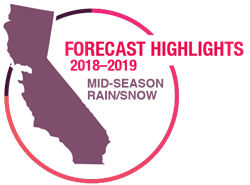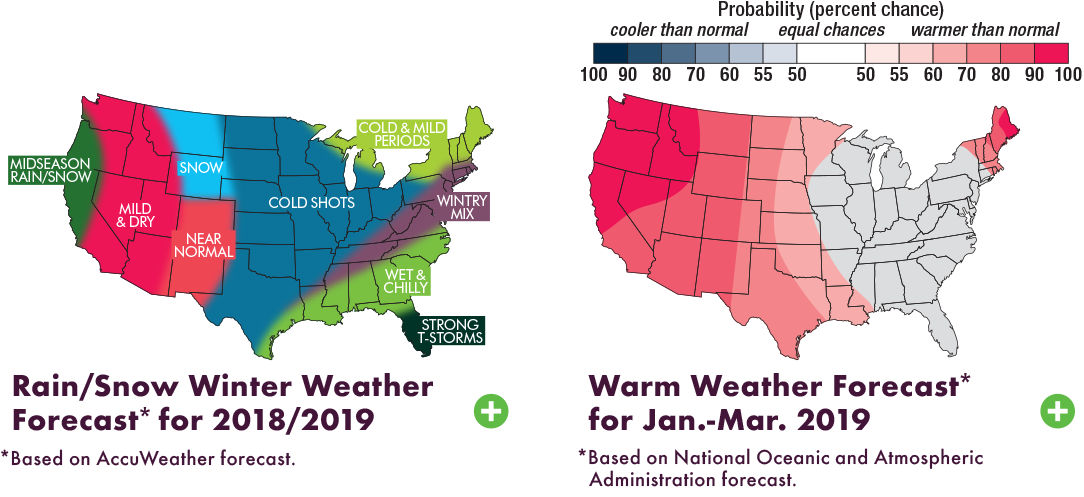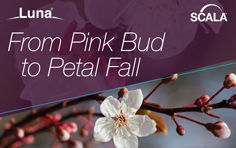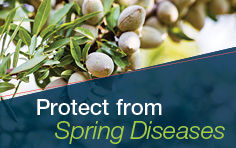Spring Almond Disease Risk
May 9, 2023

Prepare for your level of risk and you’ll reap a healthy crop.
Spring weather is unpredictable, but one thing is certain: Spring diseases can happen with or without rain. Trust Luna® & Scala® and stick it to spring diseases no matter the weather.
High Risk for Spring Diseases

Spring diseases pose a higher risk this year.
Spring almond diseases can occur under a variety of conditions, and the humid, warm weather this year could bring them out whether it rains or not.


Remember – Diseases are lurking in the dampness.
Brown Rot Blossom Blight
Risk Factors:
- 8 hours of leaf wetness from fog, dew or rain at 68 degrees
- 18 hours of leaf wetness at 50 degrees
- Dry year, with high humidity
Scab
Risk Factors:
- Prolonged wet spring weather or cold and wet conditions
Anthracnose
Risk Factors:
- Wet, warm spring (>60°F)
Shot Hole
Risk Factors:
- Prolonged periods of wetness
Jacket Rot
Risk Factors:
- Cool and wet conditions during bloom
Protecting Almonds Through Petal Fall
Almond growers know they have a narrow window from pink bud to petal fall to prevent spring diseases from reducing yields.
More

